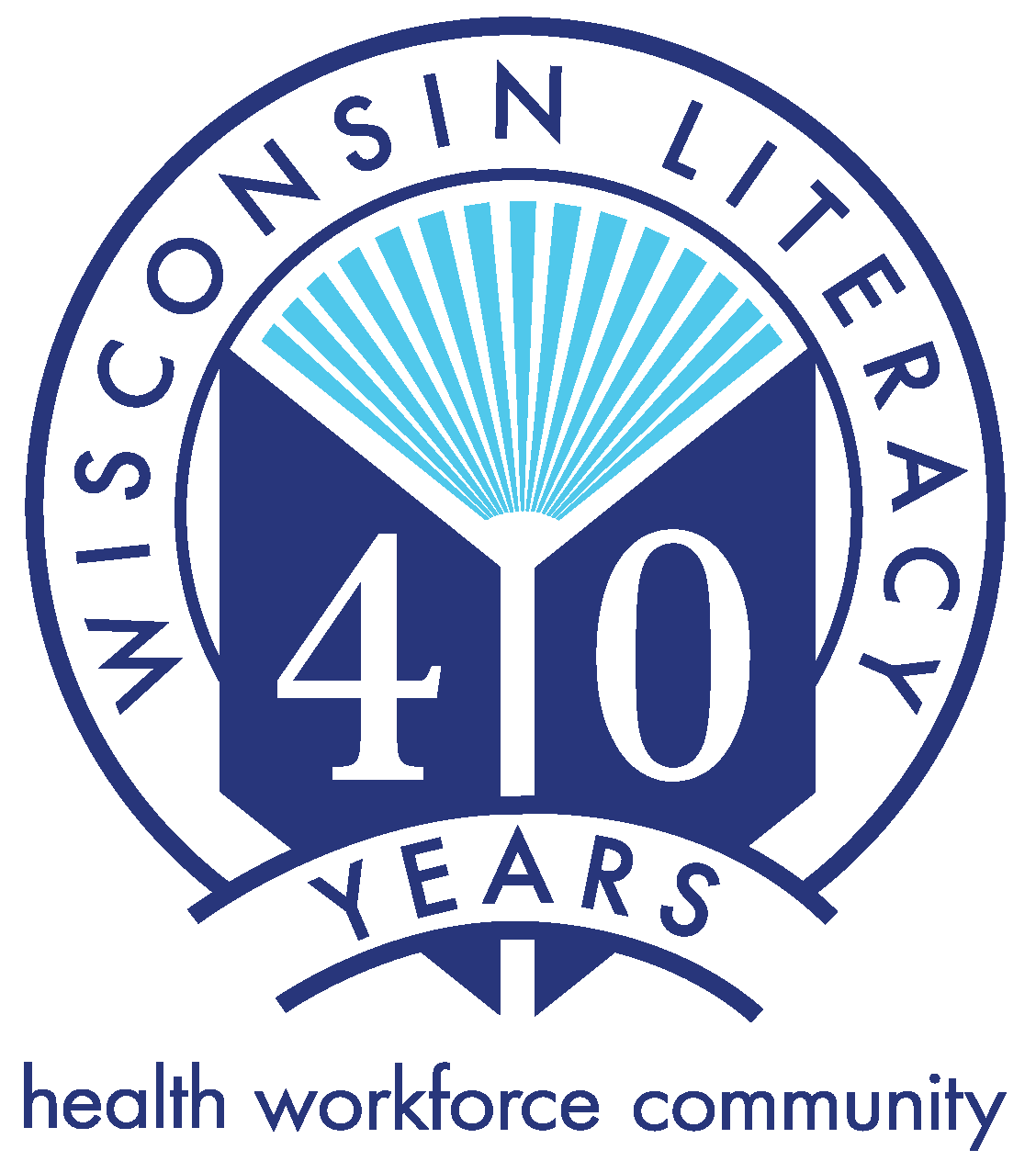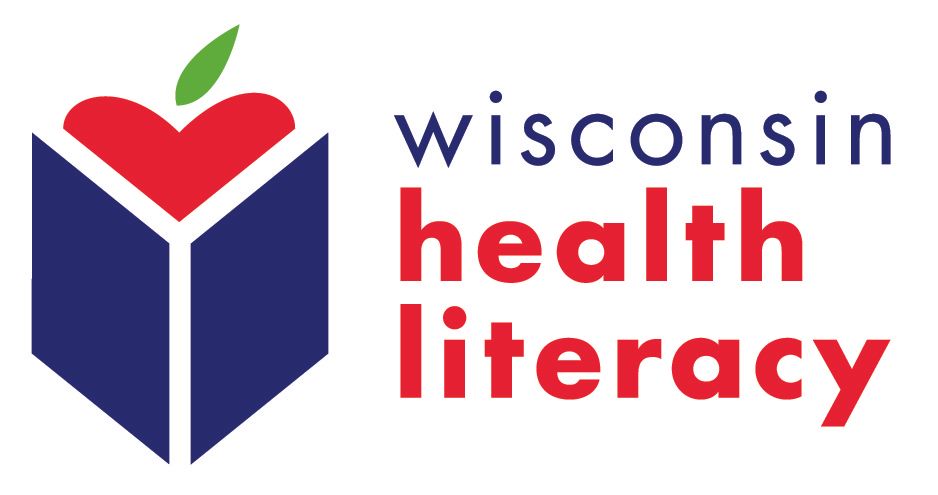
The 3 Period Lesson was created by Edouard Seguin and used in Montessori classrooms to teach young children vocabulary, reading, and concepts.
Years ago, at a Literacy Door County training, I heard a Montessori teacher suggest using this method with adult language learners. I was recently reminded of the method when Portage County Literacy Council introduced me to English with Newcomers, which uses a similar approach.
The 3 Period Lesson is a great place to start tutoring new arrivals with little or no English, literacy, or formal education.
The method considers 2 important language learning principles:
- introduce new information in small, manageable chunks
- reception proceeds production (we can understand what we hear before we can speak)
“A lot of repetition strengthens pathways in the brain. . . A student may hear a word or expression 20 or 30 or 100 times before they use it,” explained Sara Williams with Portage County Literacy Council.
3 Period Lesson
- Introduction: “This is . . .” Teacher shows 3 items, one at a time and names each item.
- Recognition: “Show me . . .” Teacher lays out 3 items and asks the learner to point to each item. You can also ask learners to manipulate the items.
- Recall: “What is this . . .” Teacher asks the learner to name each item. Teacher assesses if they need to introduce any of the items again.
Watch a Montessori teacher demonstrate each step: https://youtu.be/M9l9hDmCe2c
*with adult literacy learners, we start with printed letters, not cursive
Read how to teach new vocabulary: https://www.themontessorinotebook.com/three-period-lesson/. Though the linked article focuses on items important to children, you could use this method to teach:
- food
- household items
- clothing
I’m excited to hear how this method influences your lessons. If your agency has any Montessori teachers volunteering as tutors or instructors, I would love to hear about their experiences!

